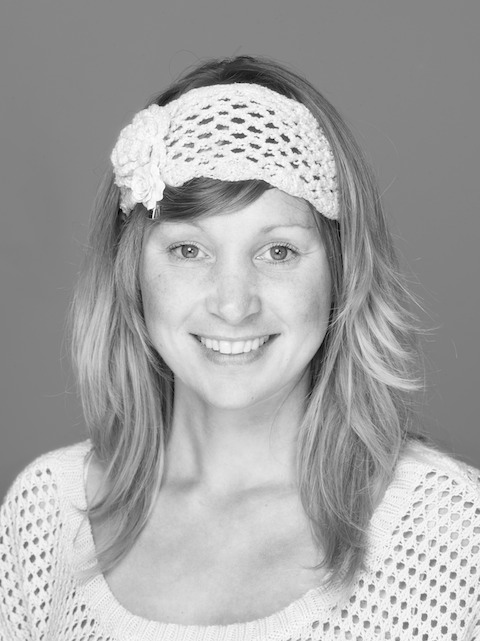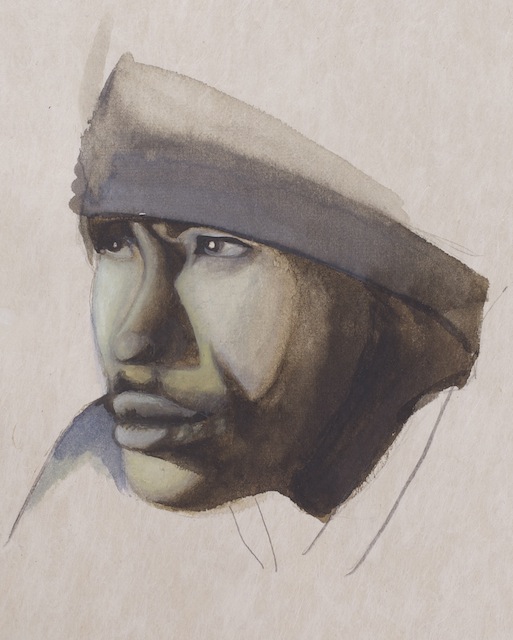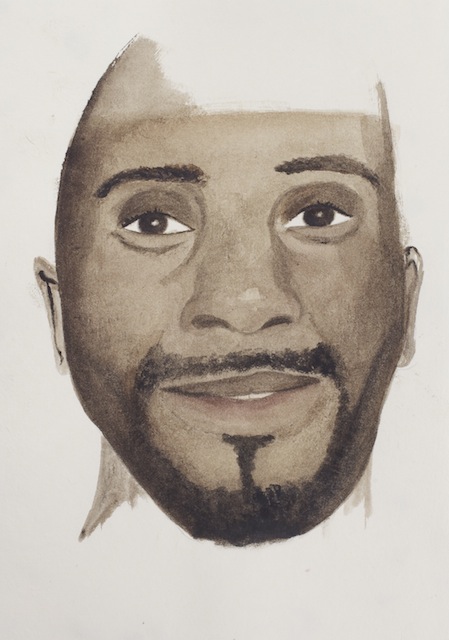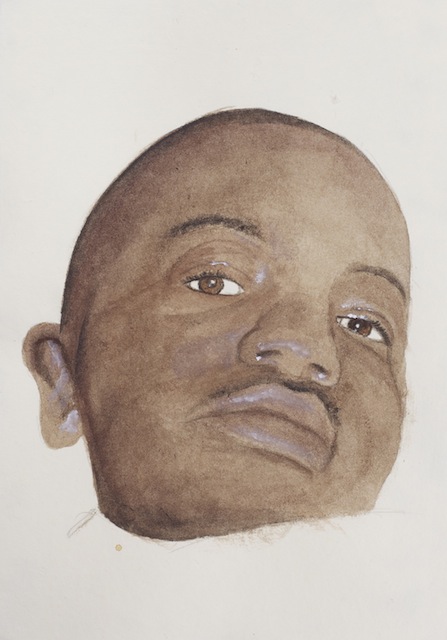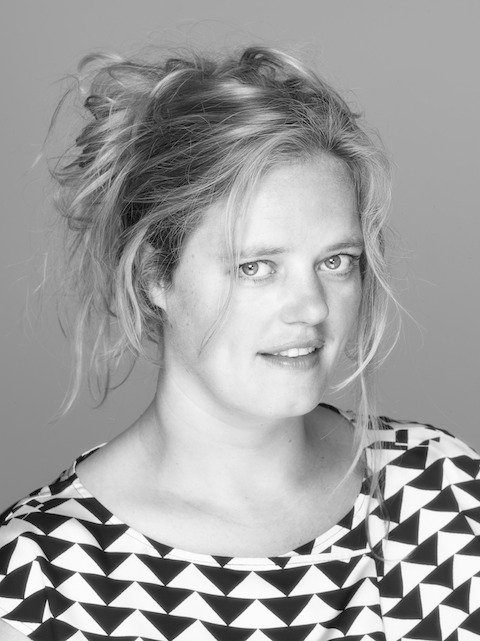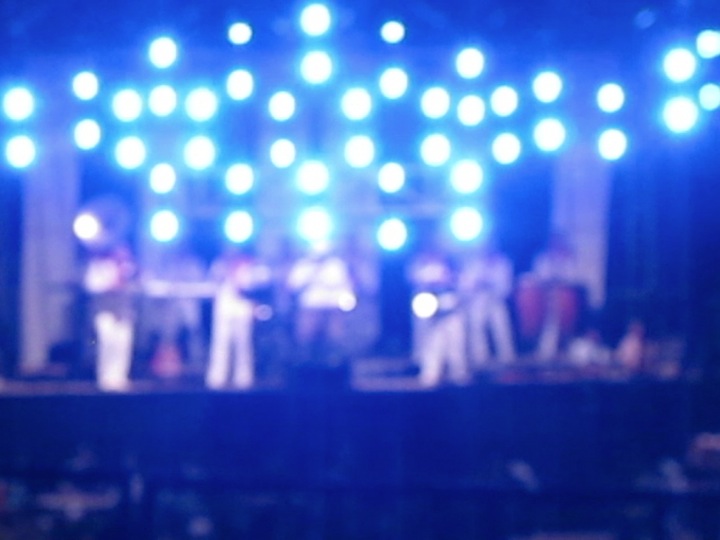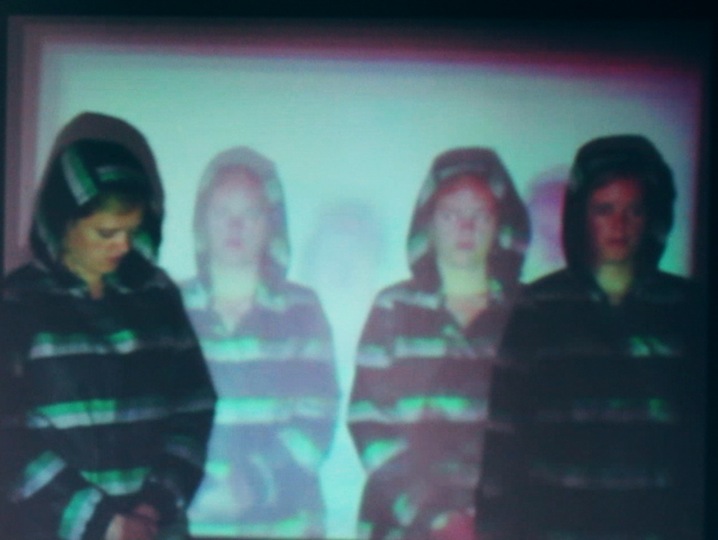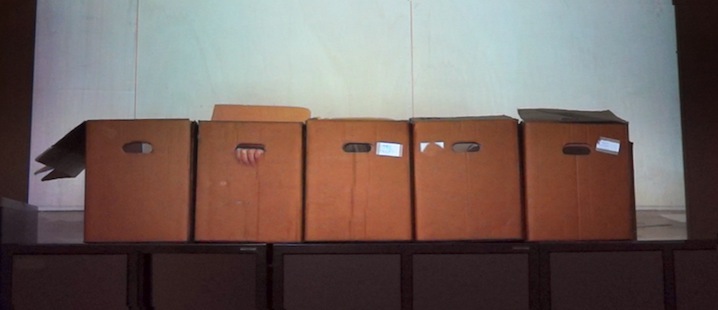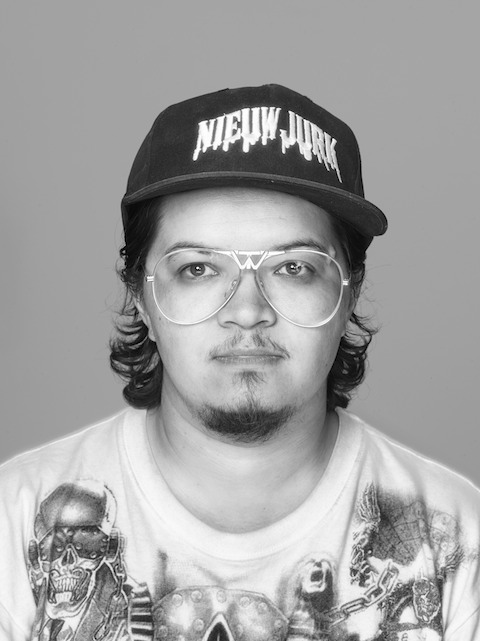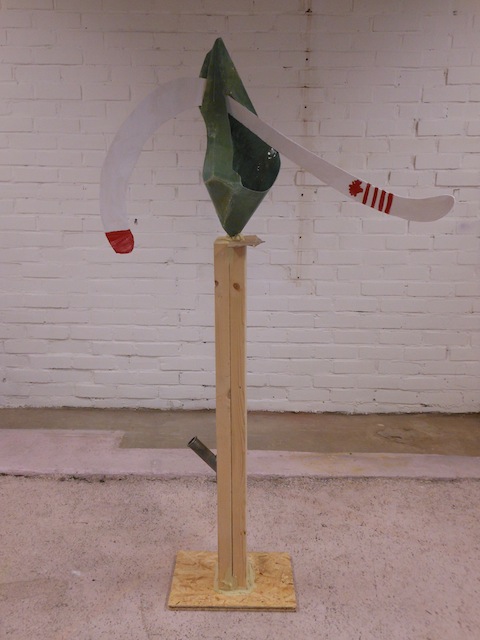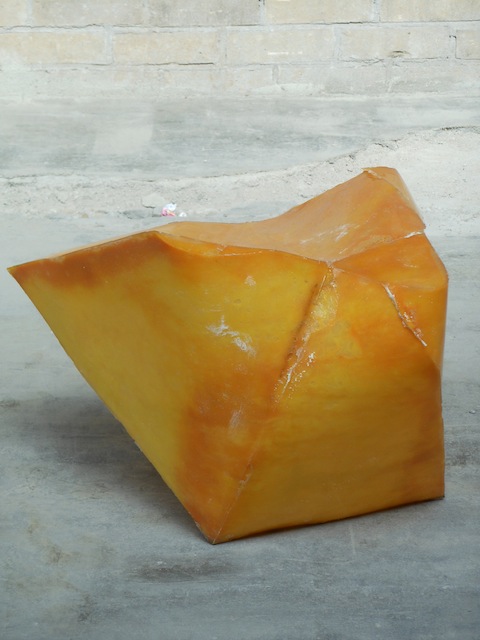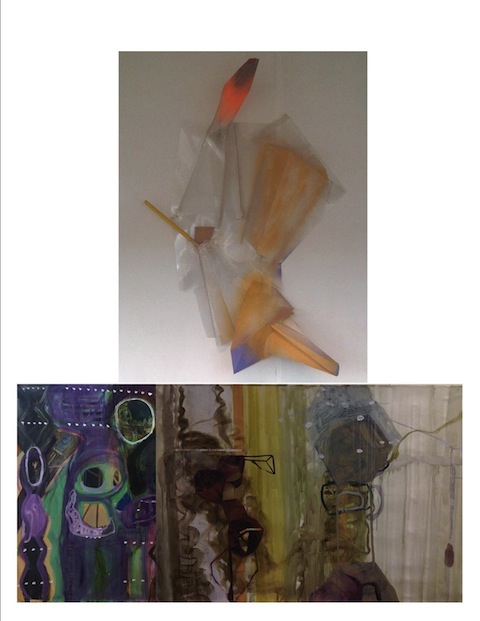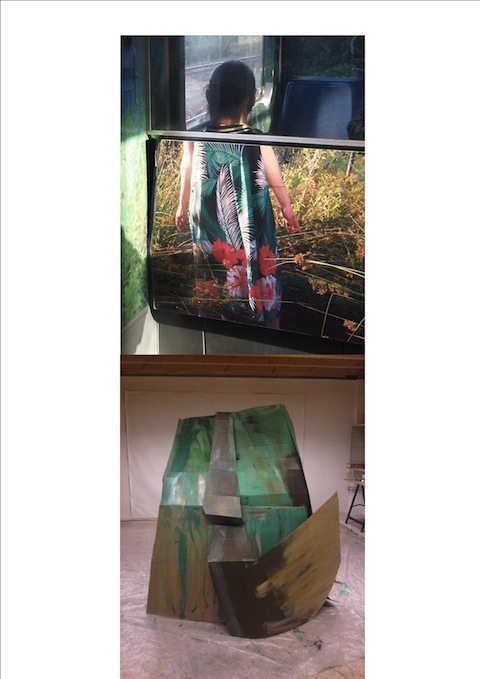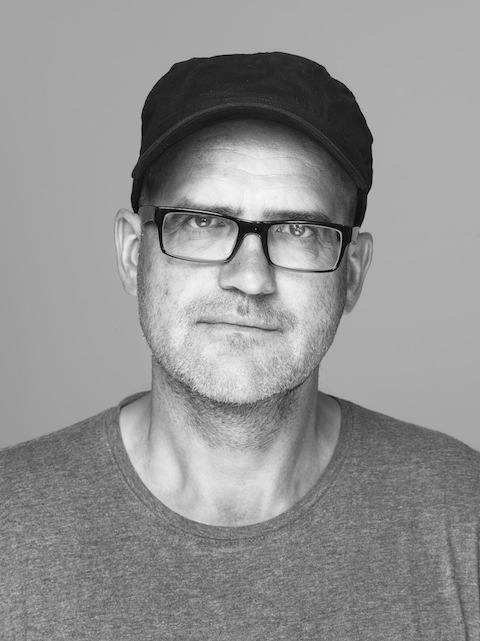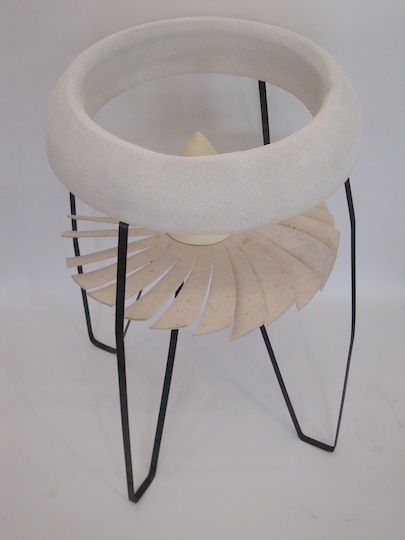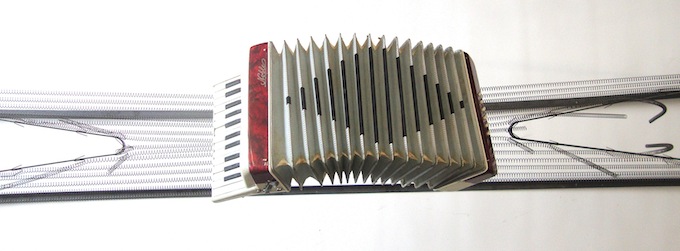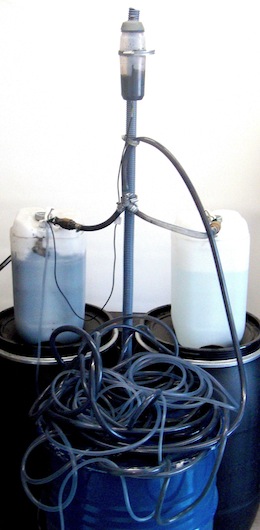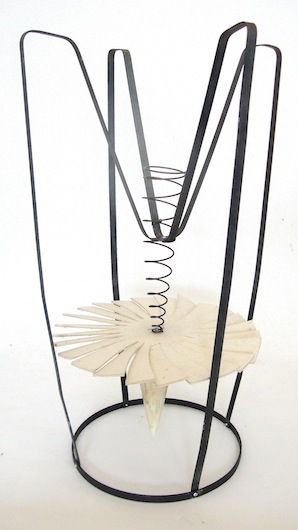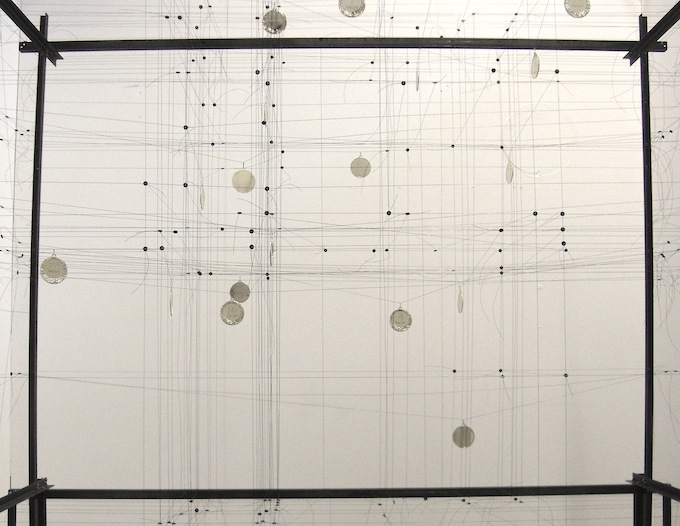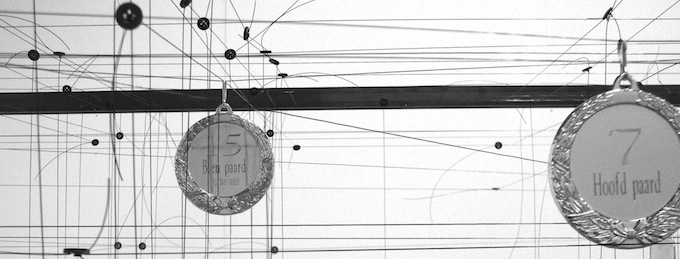alexander@schierl.de, www.schierl.de
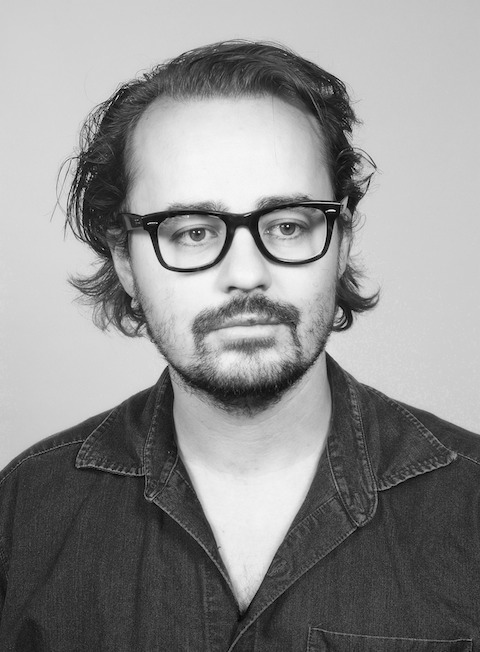
Title thesis:
MIN 4 AND MAX 13 WORDS: *TEXT*"
min 7, max 20 words: *language*
Subject:
And there you are — an infinitely original author of charming sensibility. You say: "This thought is mine." No, my brother, It is within you, nothing is ours. Everyone had it or will have it. No poet, no artist of any art, has his complete meaning alone. Textual instances, as writings and readings, seem to have been released from any definite authorial origin. The writer can only imitate. His only power is to mix writings. There is a fundamental link between language and robots. A writing machine that has been fed an instruction appropriate to the case could also devise an exact and unmistakable "personality" of an author. Understanding virtual texts tells us much about real texts and their creative core.
Link to thesis
"Alexander Schierl creates and utilises systems to investigate the notions of truth, time and the human role in technology. Schierl has created a very human system with technology."
— Carlaadams, Australia via fiverr.com: Iwill give you constructive feedback on your art for $5
“Instantly, the out of the box critical, analytical, simplistic approaches of his work provoke or more so grab the senses in ways forgotten or yet realised. Schierl will be an artist I will follow for as long as the Internet continues to work."
— Mrscribbles, Trinidad and Tobago via fiverr.com: I will critique any art piece and offer advice for $5
"Alexander’s art aims to spark an
illusion inside you for a short period
of time, but then quickly cancelling
it when the brain sees the truth."
— Danielzo, Rumania via fiverr.com: I will write a 350 word article on anything you want for $5
"I was eager to read every next line of it, every paragraph, his perspective cannot be any more true on speech and literature, how
vital it is to our survival, it was
amazing"
— lord_toror, USA via fiverr.com: I will critique your art / artwork for $5
"He looks at everyday things and experiments with them to get the viewer to experience and rethink a different way"
— yoru_no_uta, USA via fiverr.com: I will critique your movie, photograph, song, art piece, website, and the like for $5
“Alexander Schierl shares an inner knowledge of the human experience through an artist expression of the industrialisation of modern society. Combining images of abstract singular objects that reflect the loneliness of the human condition but with a humorous sentiment."
— Jmckew, USA via fiverr.com: I will provide a professional review of your art work for $5
"The relationship between art and advertising now seems richer and more complex than ever."
— michaelzigerlig, Switzerland via fiverr.com: I will draw You A Cartoon Comic Strip Or Panel for $5

|
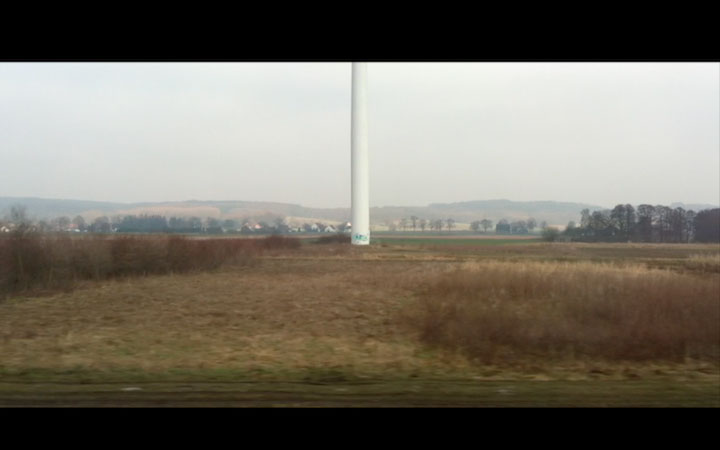
|
|
|
|
|
|
|
|
|
|
|
alexander@schierl.de, www.schierl.de

Title thesis:
MIN 4 AND MAX 13 WORDS: *TEXT*"
min 7, max 20 words: *language*
Subject:
And there you are — an infinitely original author of charming sensibility. You say: "This thought is mine." No, my brother, It is within you, nothing is ours. Everyone had it or will have it. No poet, no artist of any art, has his complete meaning alone. Textual instances, as writings and readings, seem to have been released from any definite authorial origin. The writer can only imitate. His only power is to mix writings. There is a fundamental link between language and robots. A writing machine that has been fed an instruction appropriate to the case could also devise an exact and unmistakable "personality" of an author. Understanding virtual texts tells us much about real texts and their creative core.
Link to thesis
"Alexander Schierl creates and utilises systems to investigate the notions of truth, time and the human role in technology. Schierl has created a very human system with technology."
— Carlaadams, Australia via fiverr.com: Iwill give you constructive feedback on your art for $5
“Instantly, the out of the box critical, analytical, simplistic approaches of his work provoke or more so grab the senses in ways forgotten or yet realised. Schierl will be an artist I will follow for as long as the Internet continues to work."
— Mrscribbles, Trinidad and Tobago via fiverr.com: I will critique any art piece and offer advice for $5
"Alexander’s art aims to spark an
illusion inside you for a short period
of time, but then quickly cancelling
it when the brain sees the truth."
— Danielzo, Rumania via fiverr.com: I will write a 350 word article on anything you want for $5
"I was eager to read every next line of it, every paragraph, his perspective cannot be any more true on speech and literature, how
vital it is to our survival, it was
amazing"
— lord_toror, USA via fiverr.com: I will critique your art / artwork for $5
"He looks at everyday things and experiments with them to get the viewer to experience and rethink a different way"
— yoru_no_uta, USA via fiverr.com: I will critique your movie, photograph, song, art piece, website, and the like for $5
“Alexander Schierl shares an inner knowledge of the human experience through an artist expression of the industrialisation of modern society. Combining images of abstract singular objects that reflect the loneliness of the human condition but with a humorous sentiment."
— Jmckew, USA via fiverr.com: I will provide a professional review of your art work for $5
"The relationship between art and advertising now seems richer and more complex than ever."
— michaelzigerlig, Switzerland via fiverr.com: I will draw You A Cartoon Comic Strip Or Panel for $5

|

|
|
|
|
|
|
|
|
|
|
|
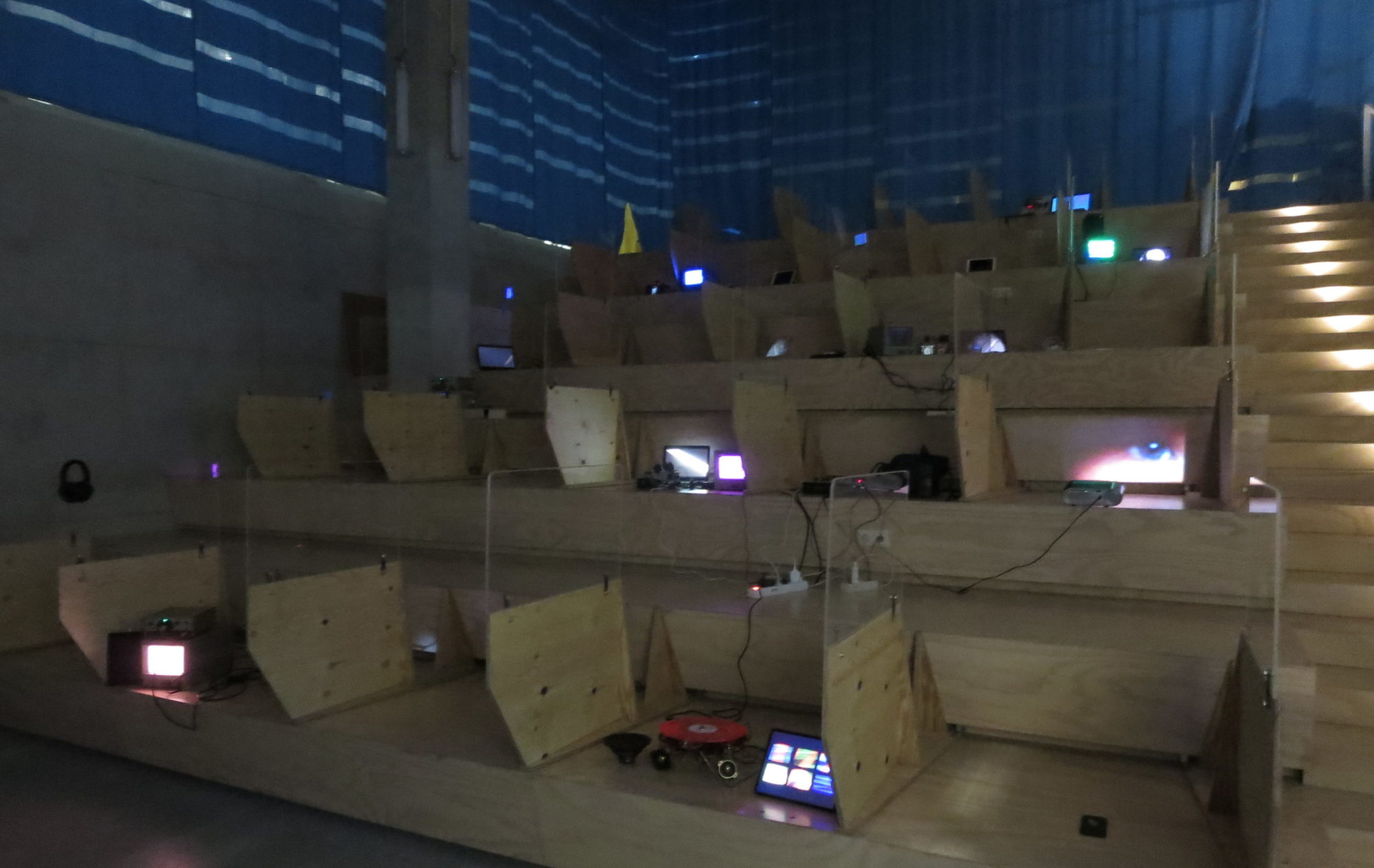
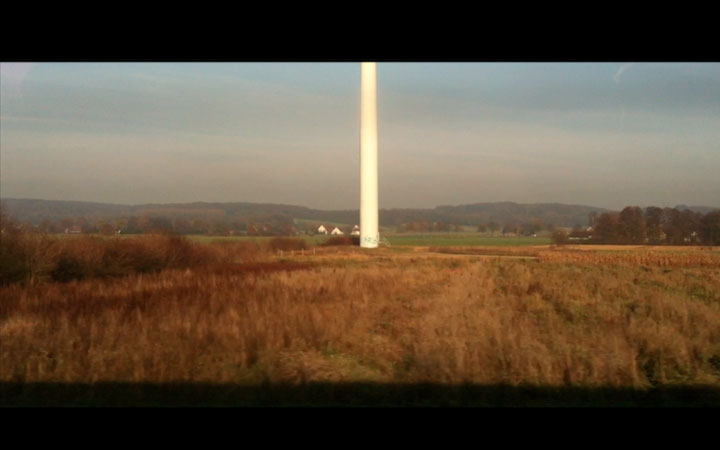
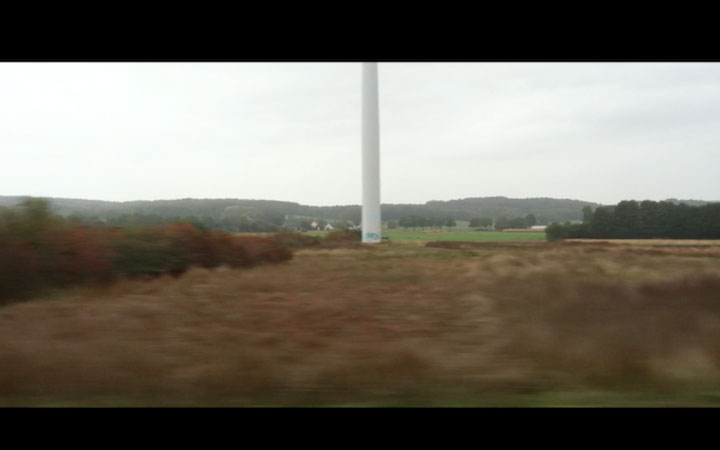
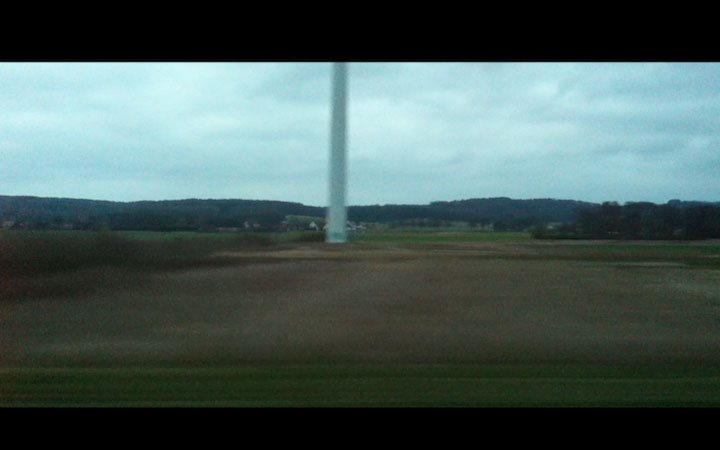
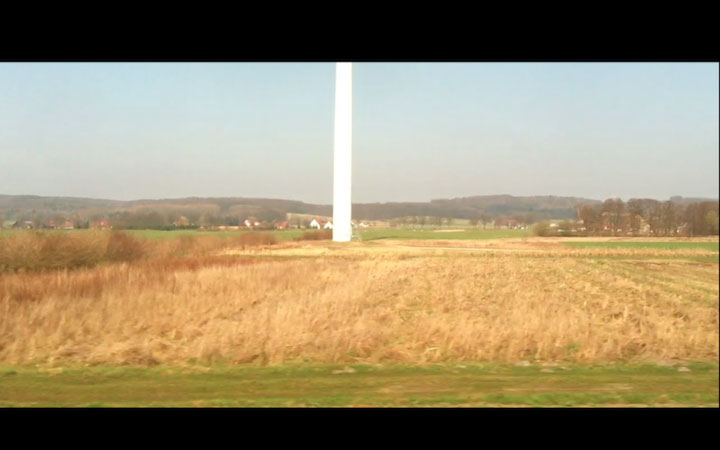
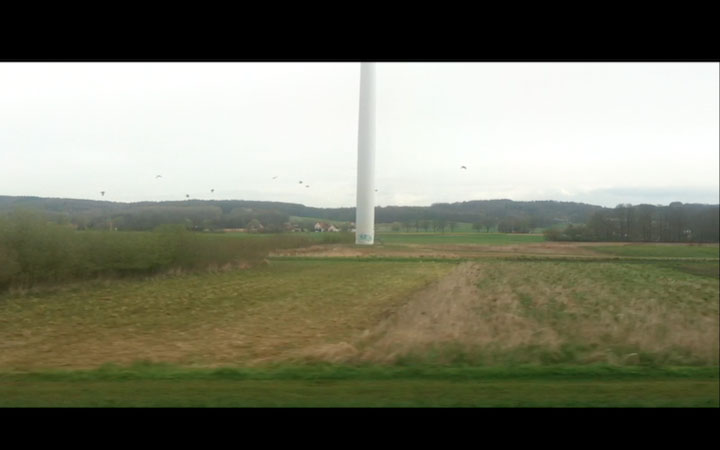
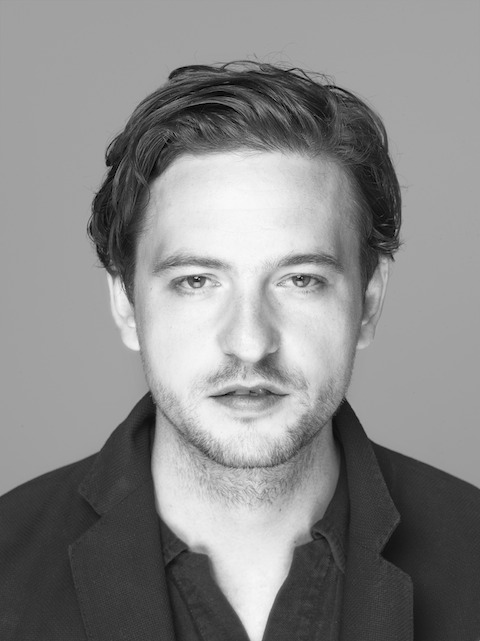

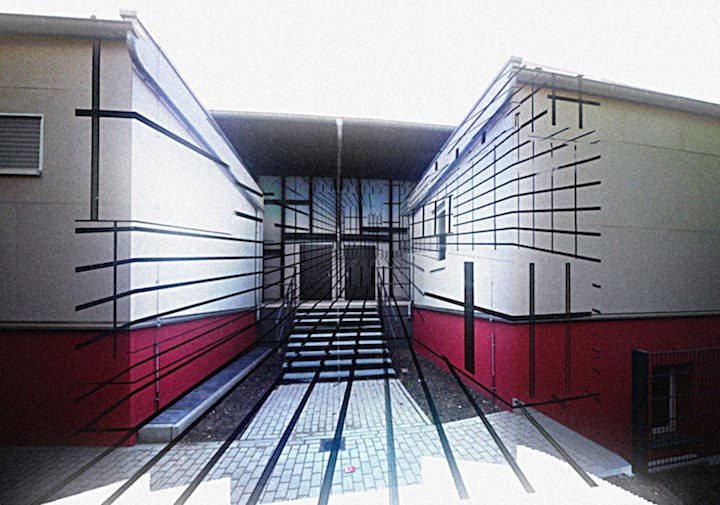
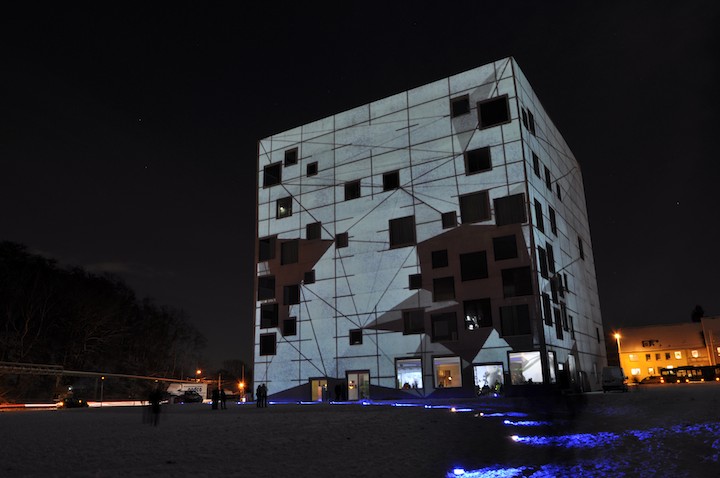
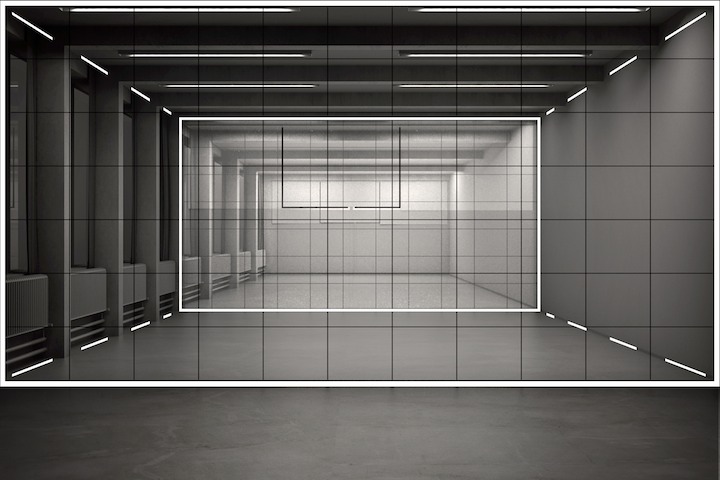
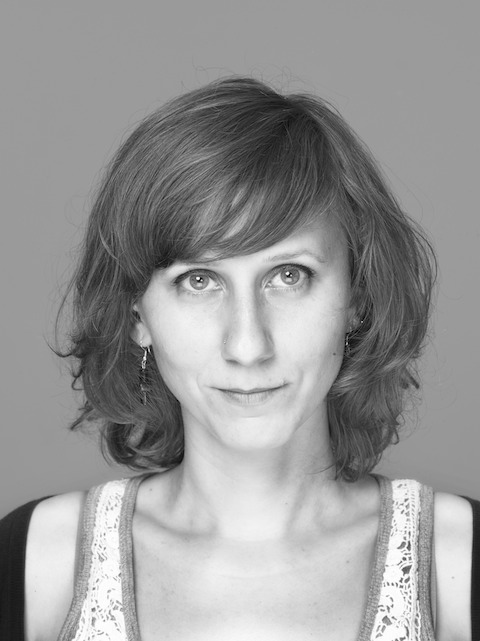
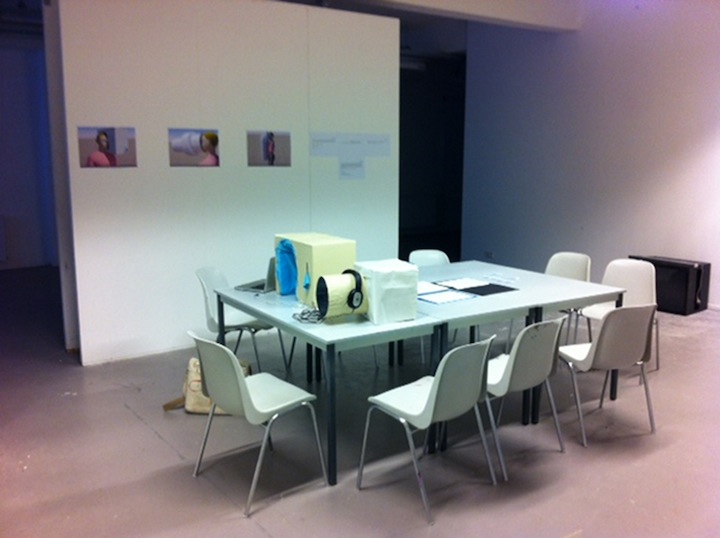
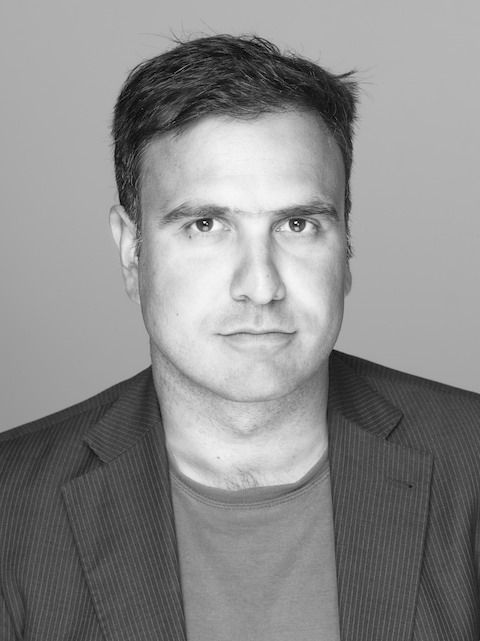
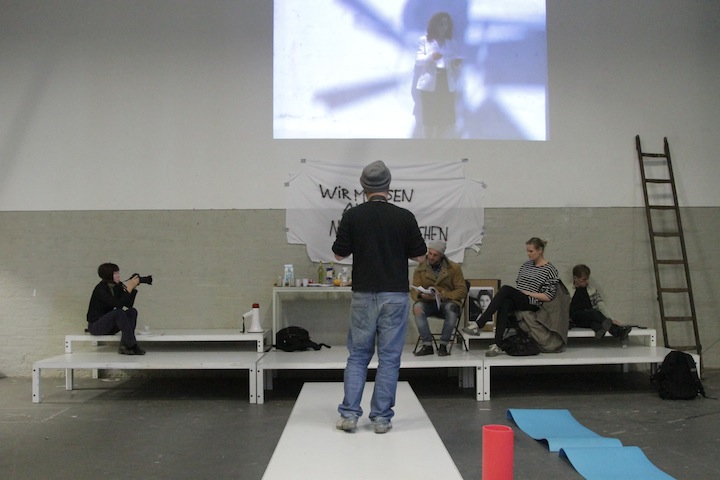
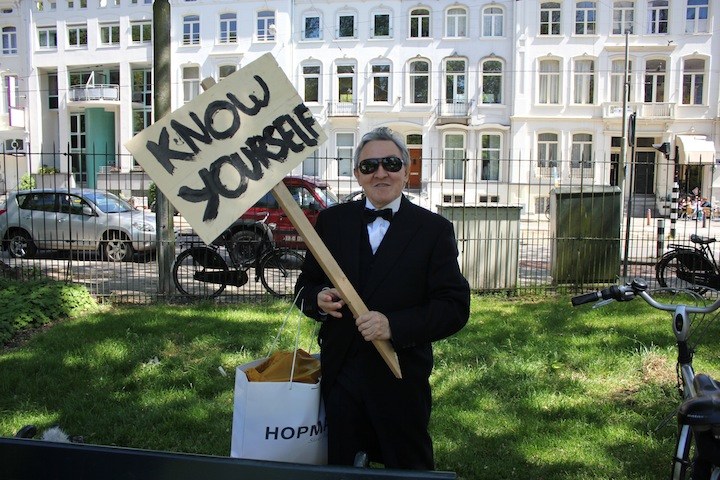
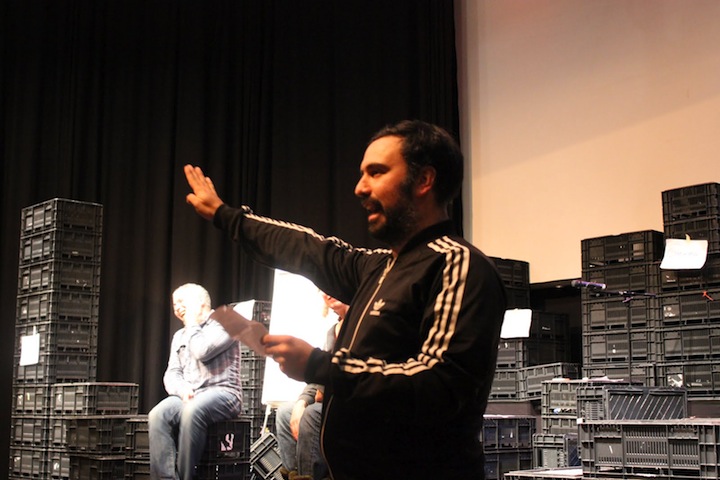
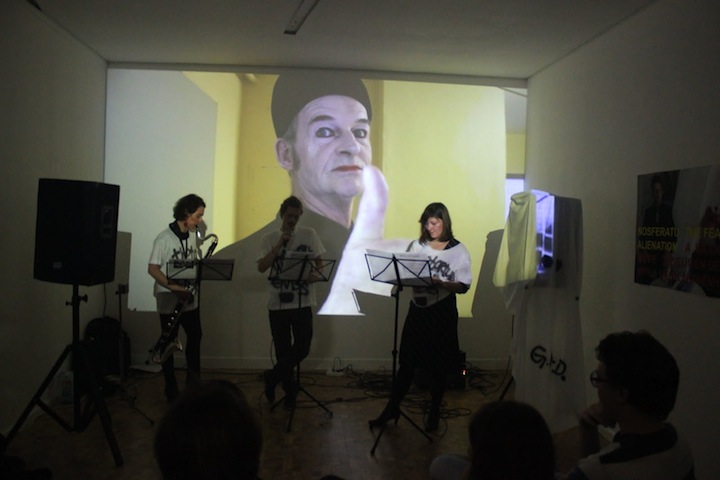
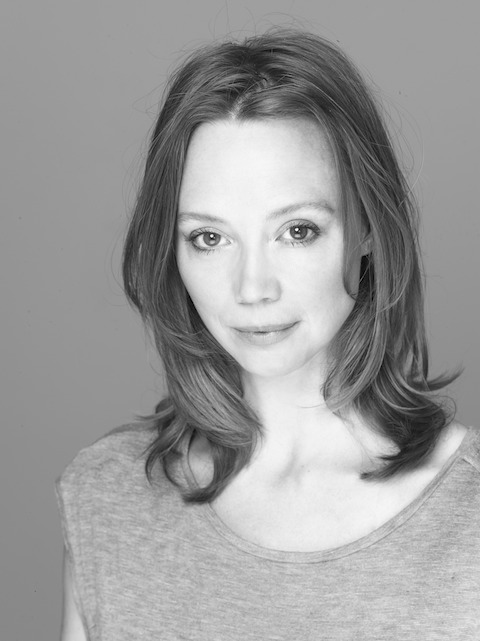
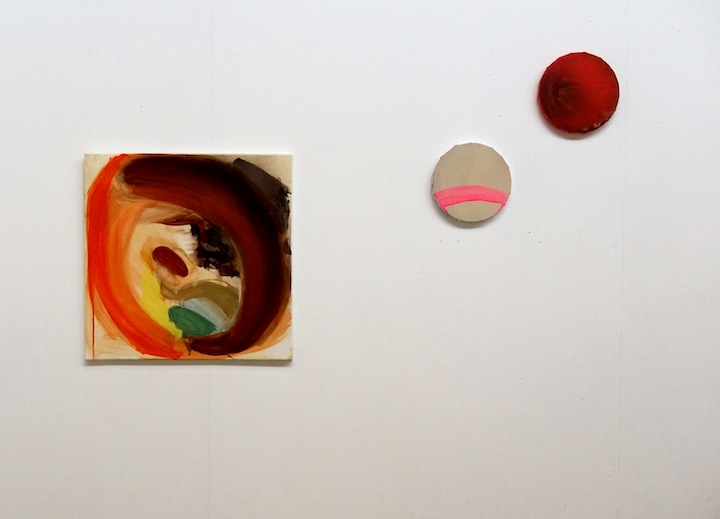
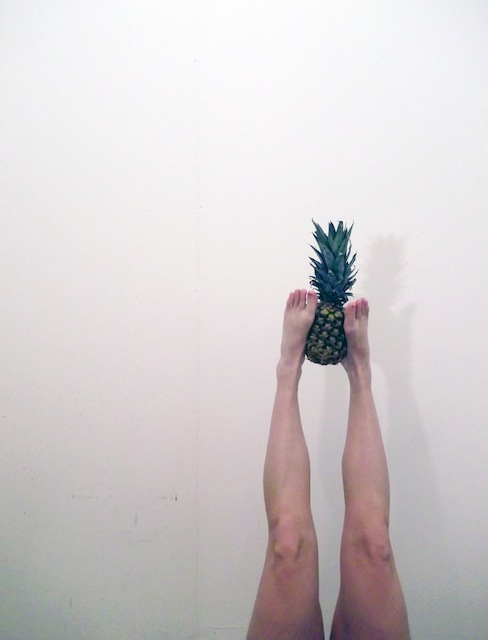


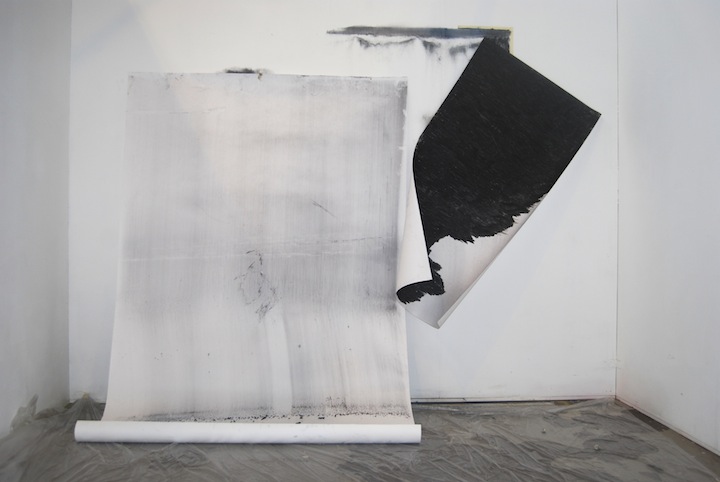
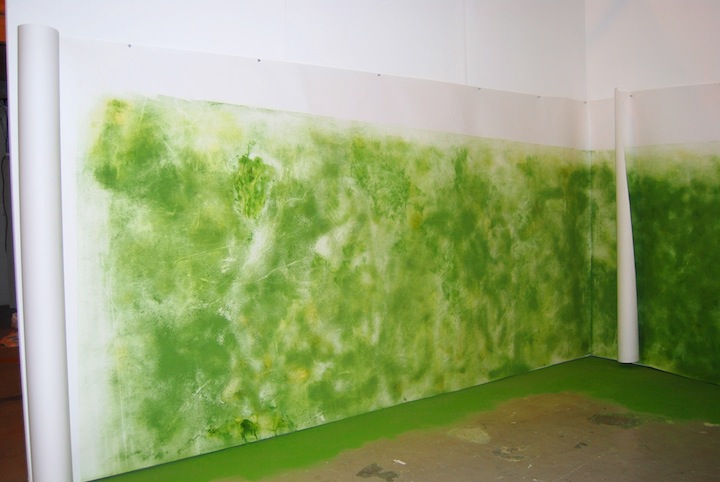
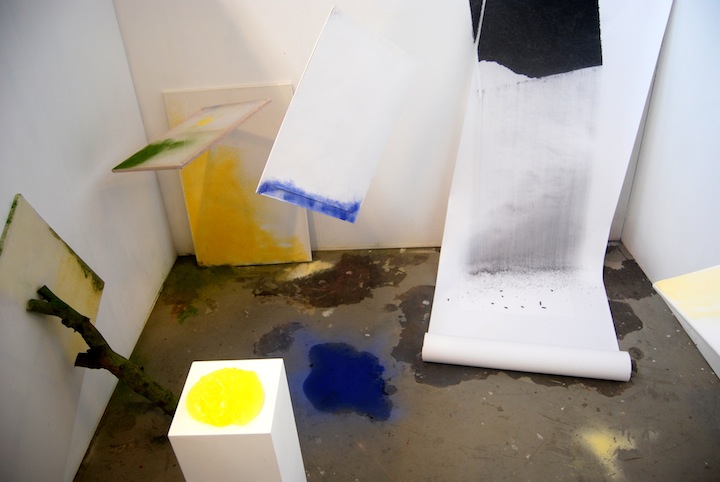
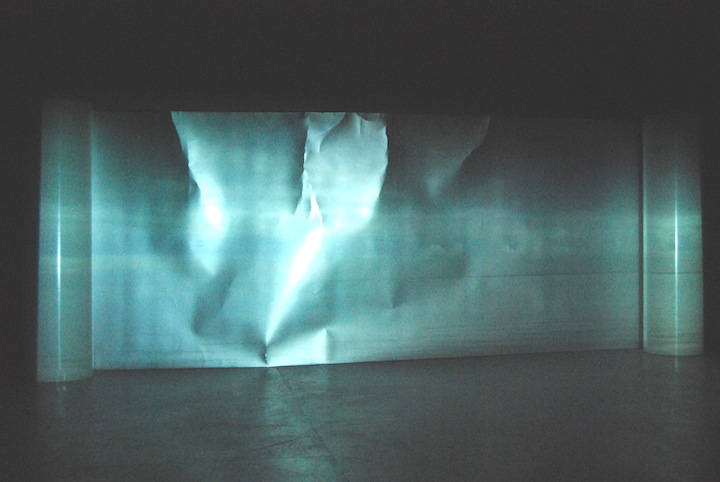
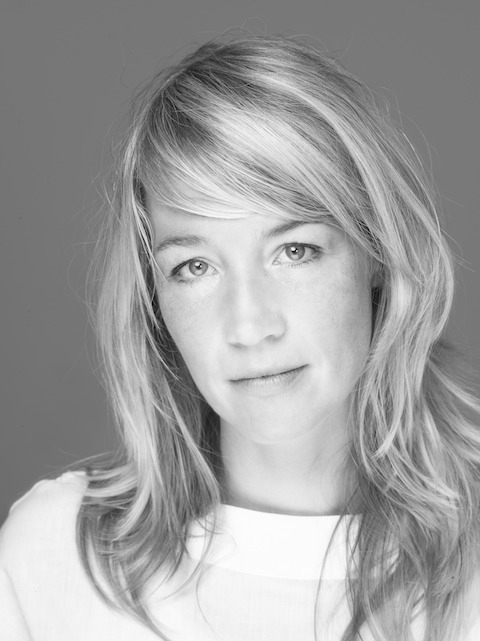
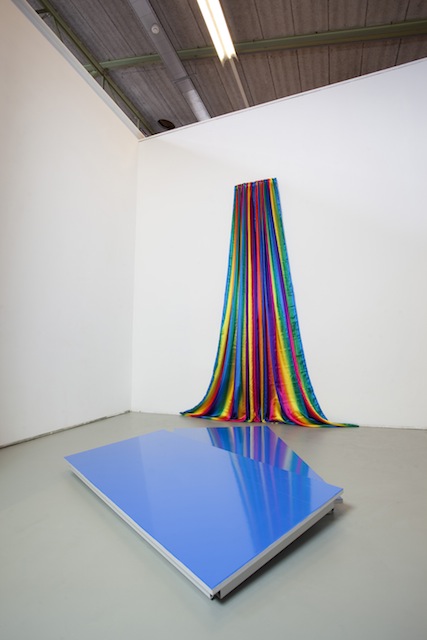
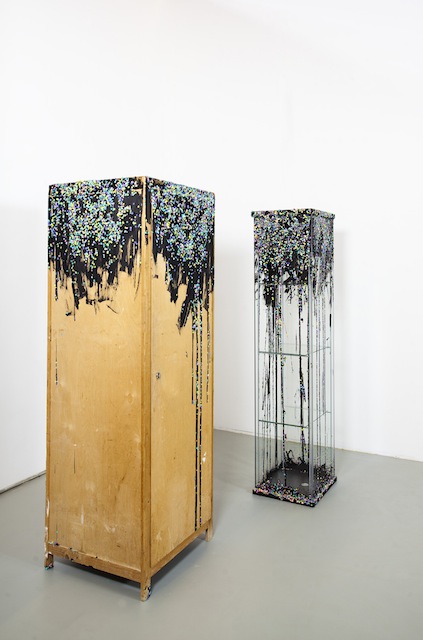
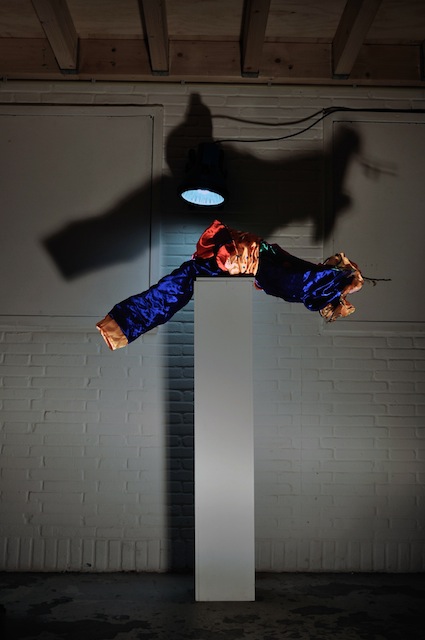
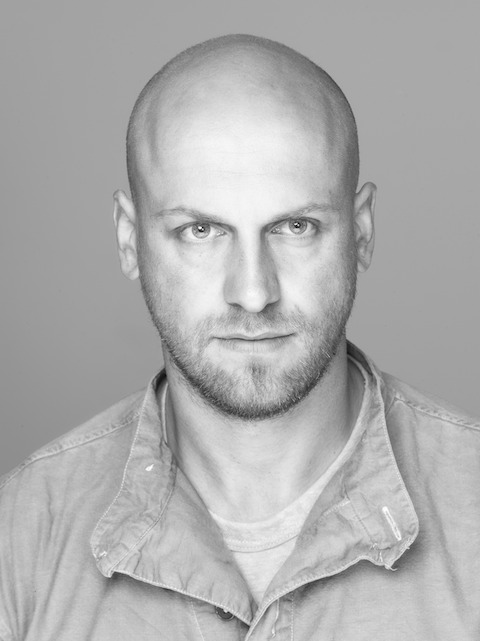
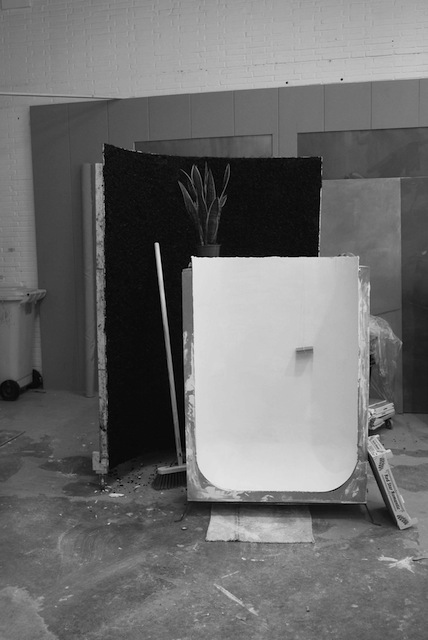
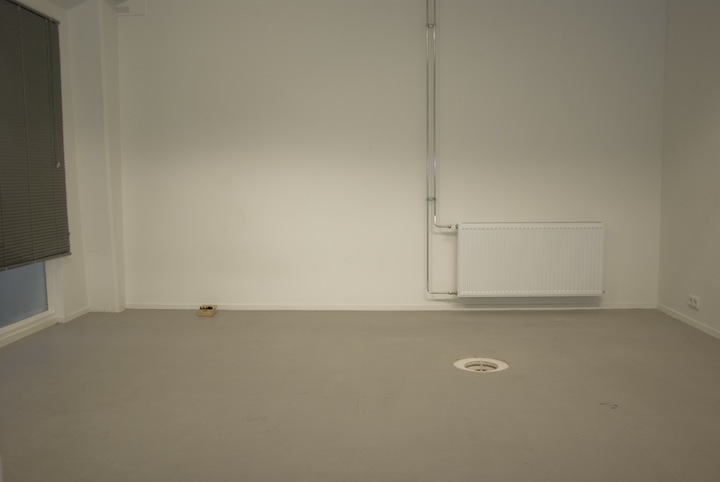
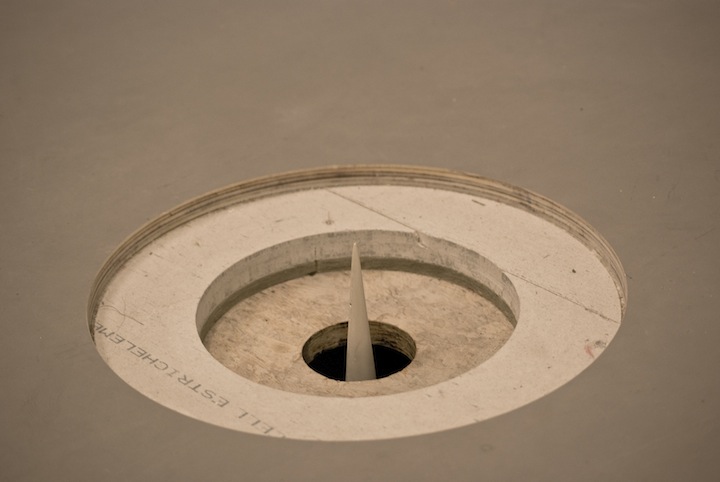
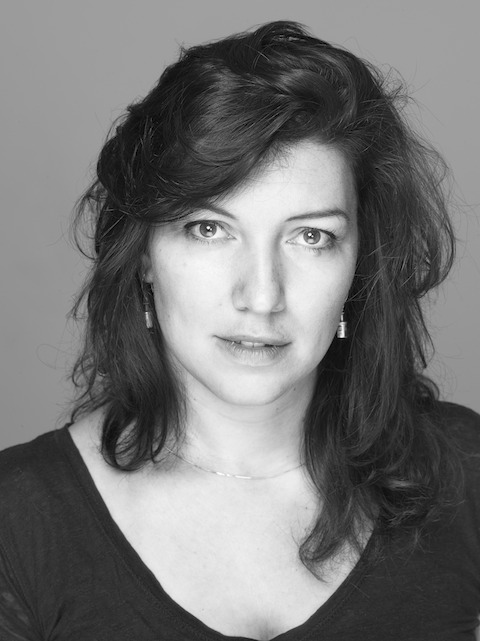
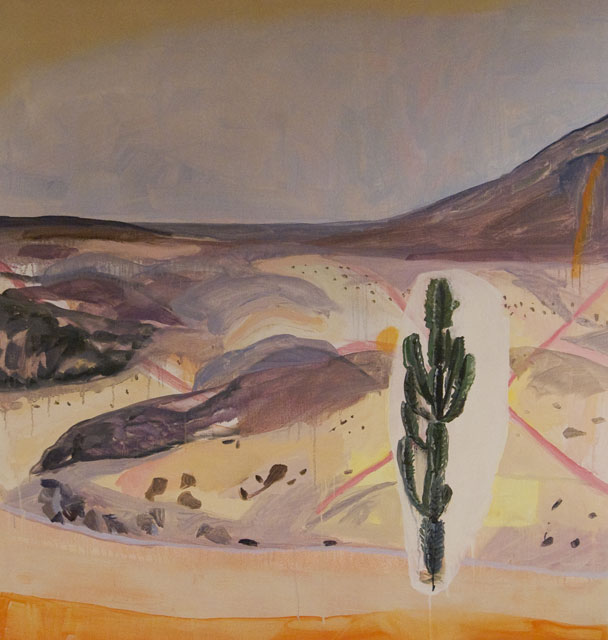

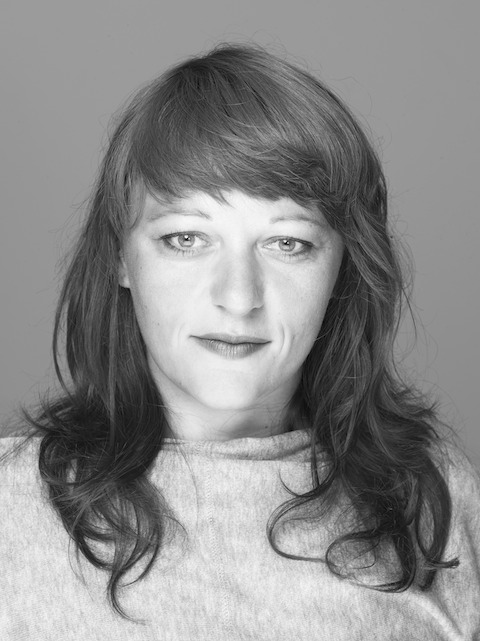
![[EXIT]1-](http://dogtime.org/wp-content/uploads/2013/06/EXIT1-.jpg)
![[EXIT]2-](http://dogtime.org/wp-content/uploads/2013/06/EXIT2-.jpg)
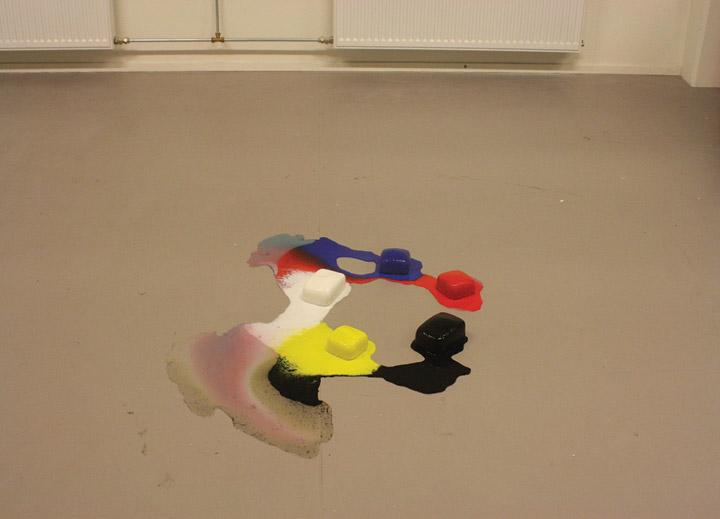
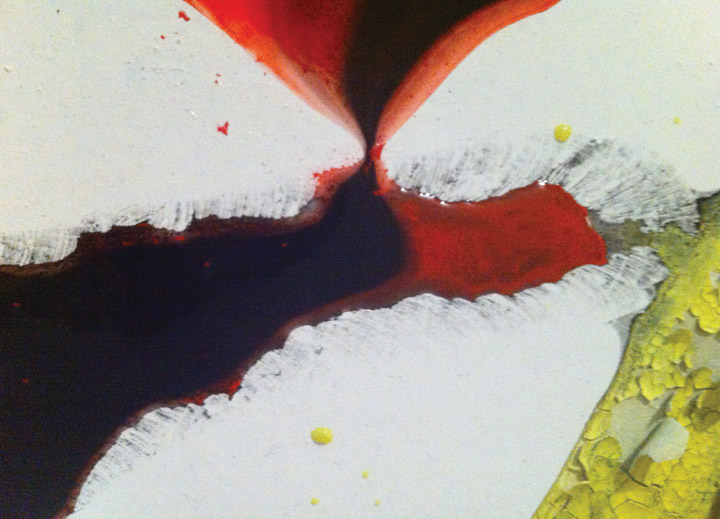
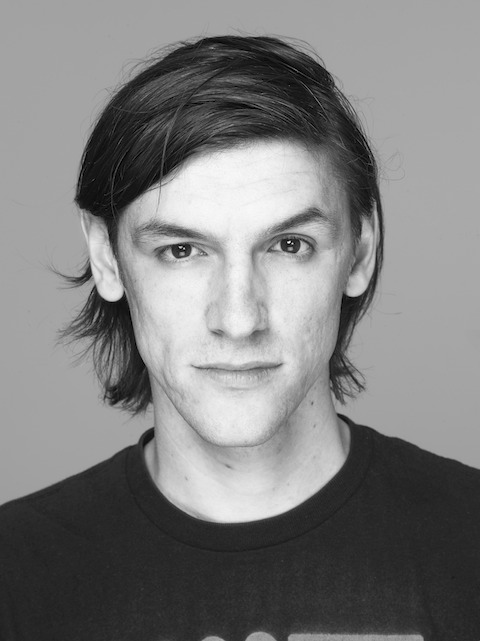
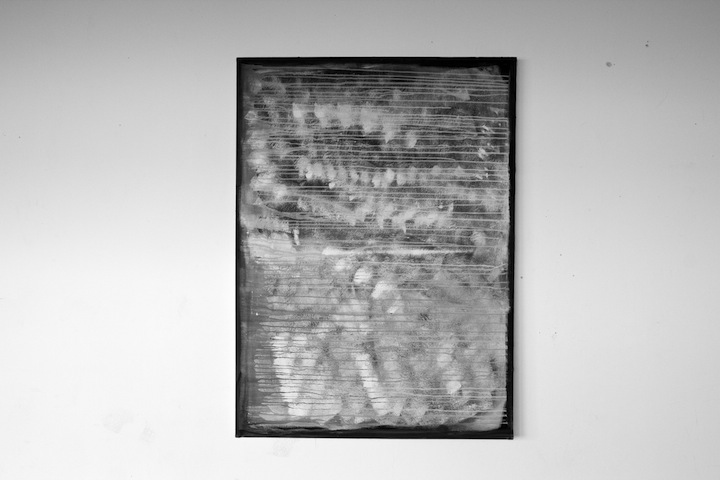
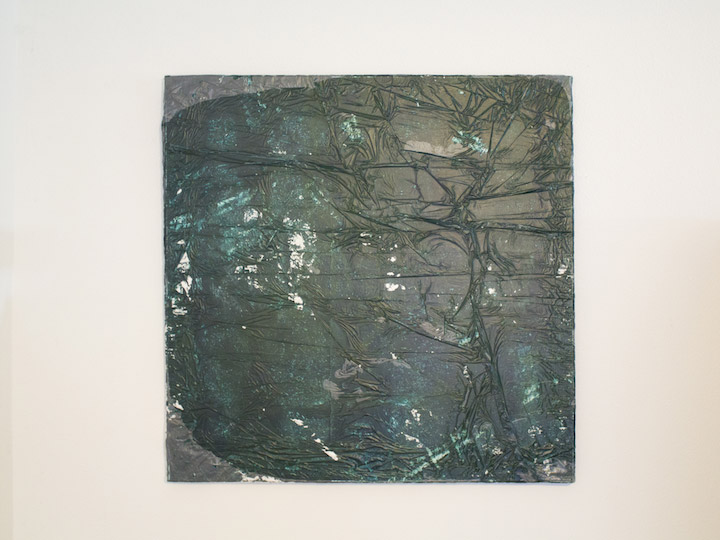
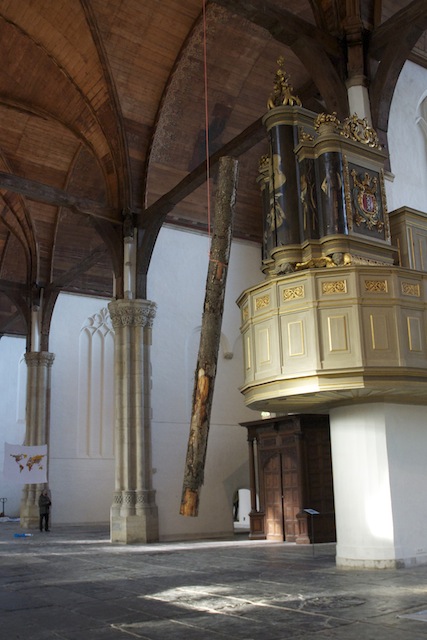
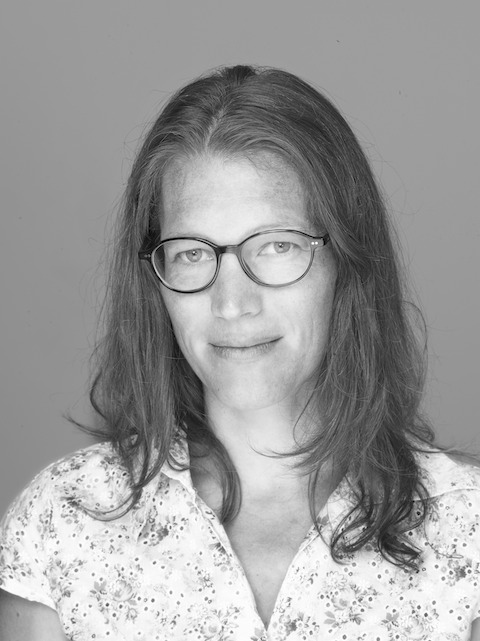
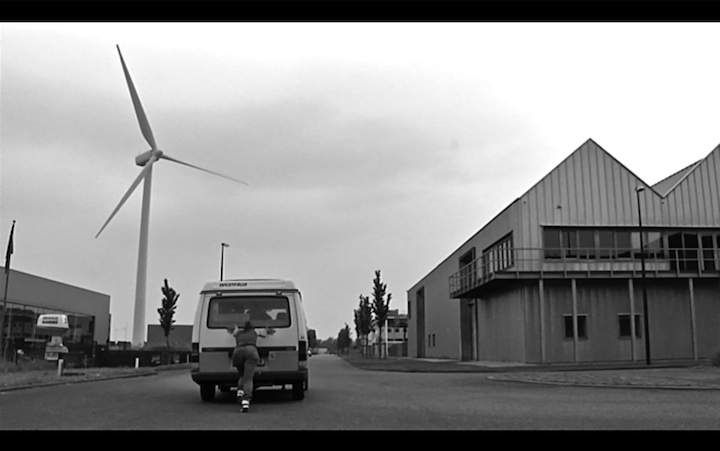
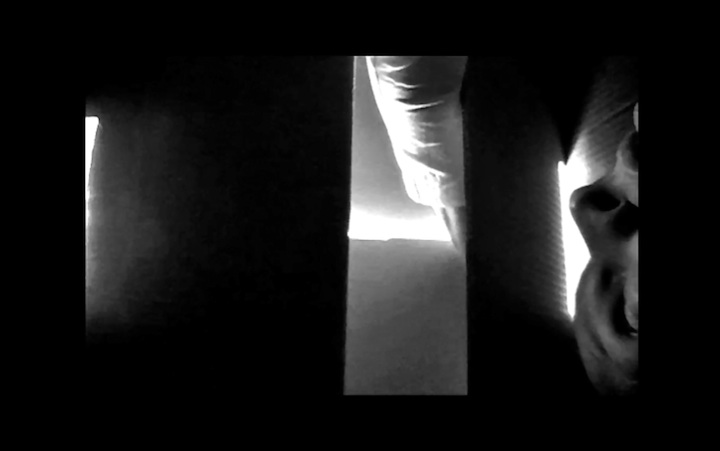
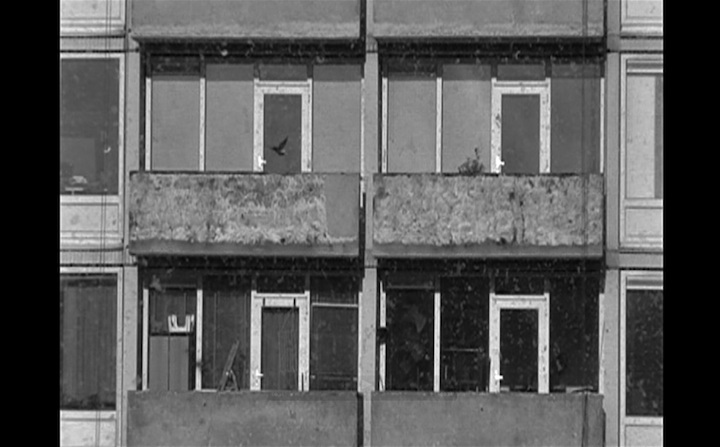
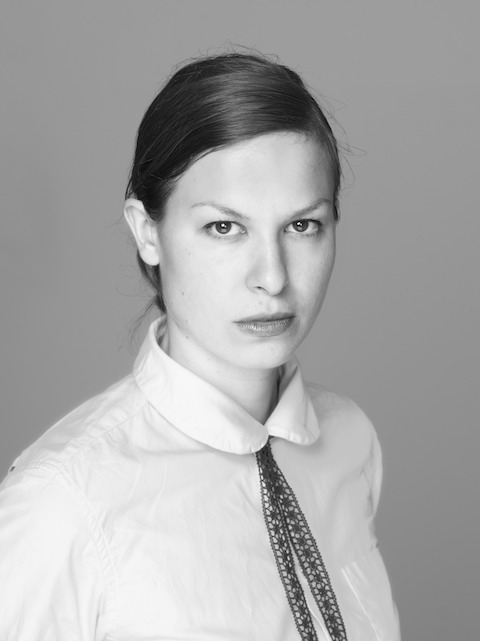
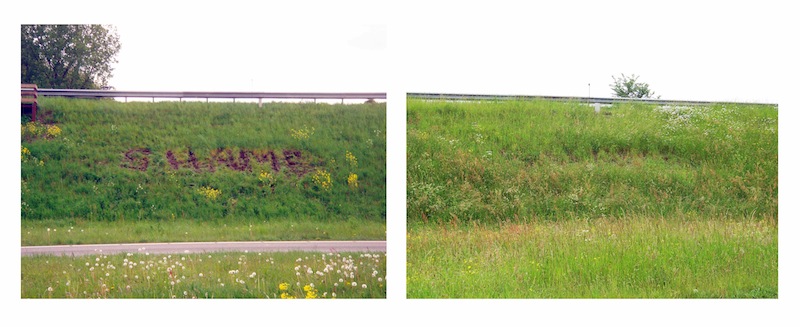

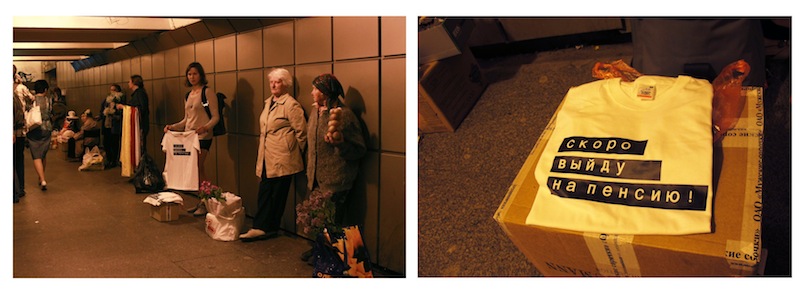
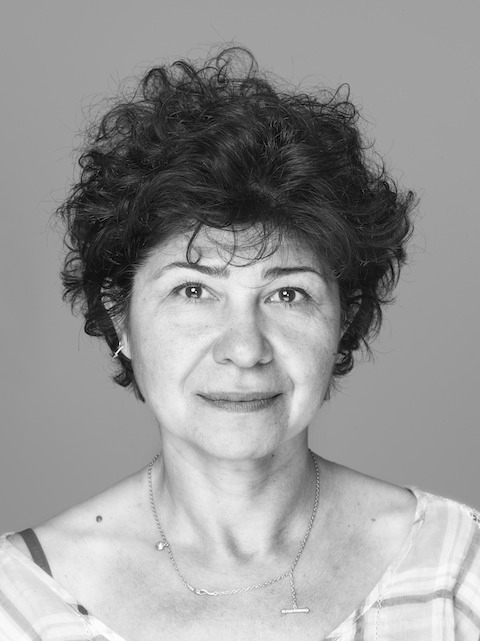
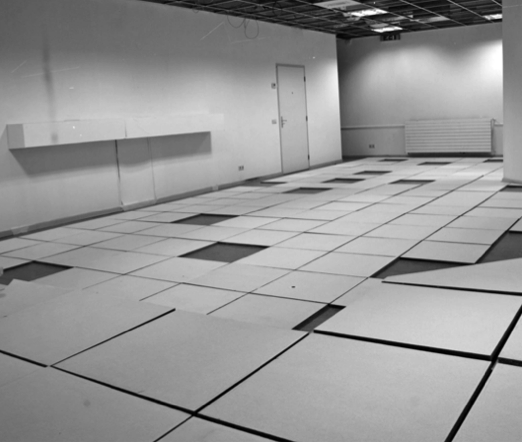
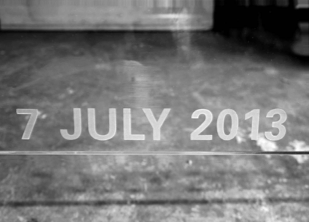
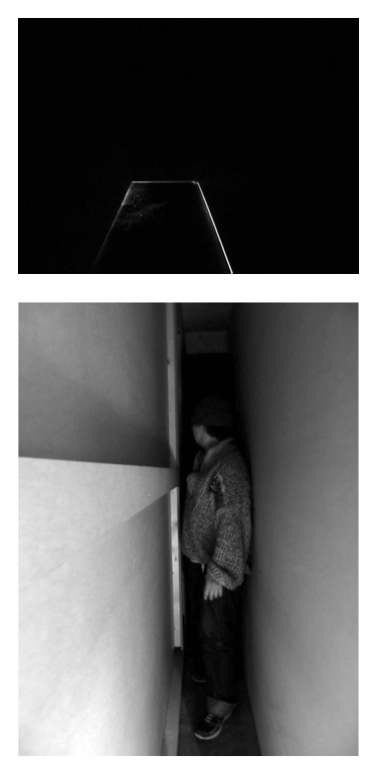
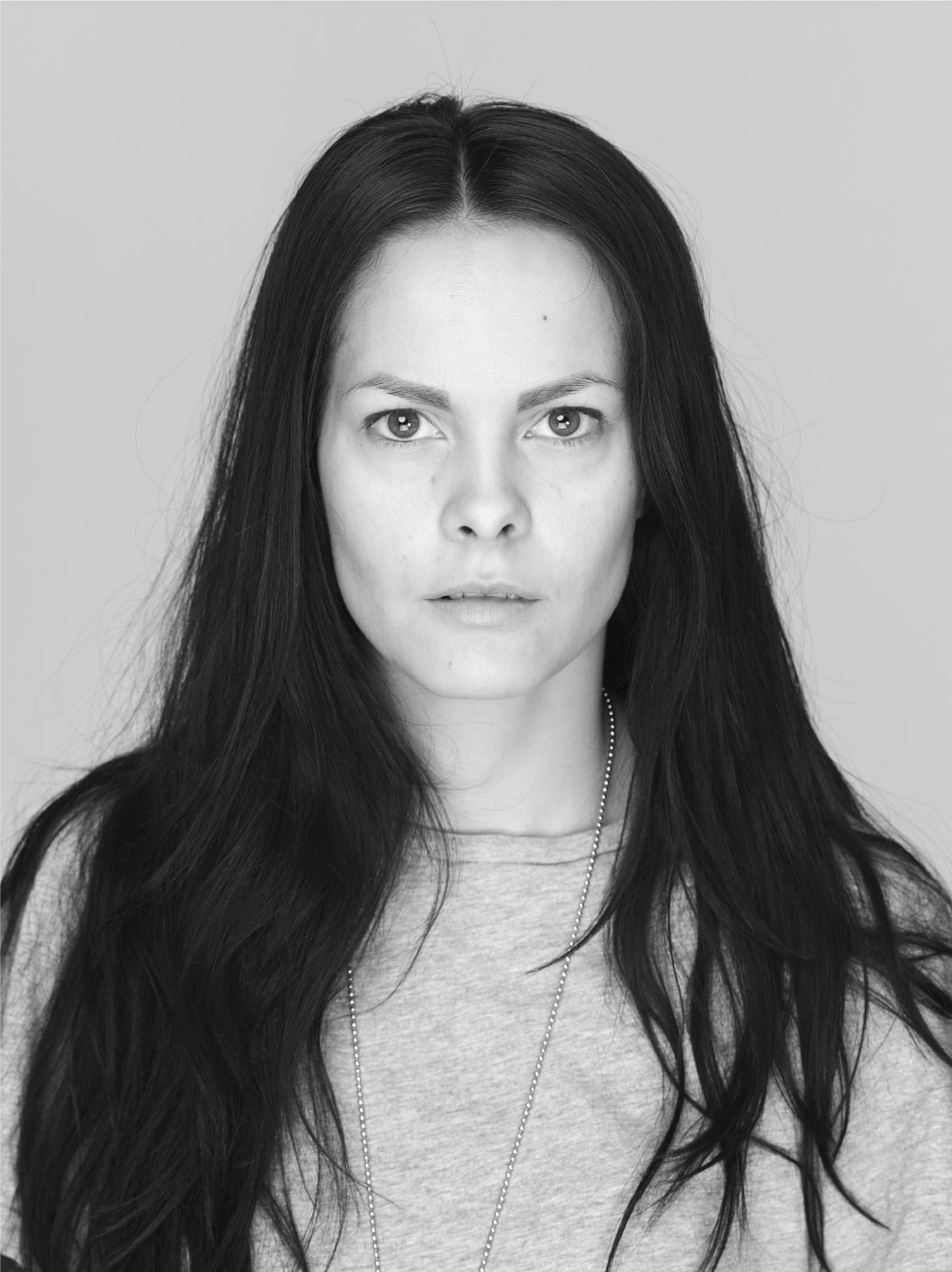
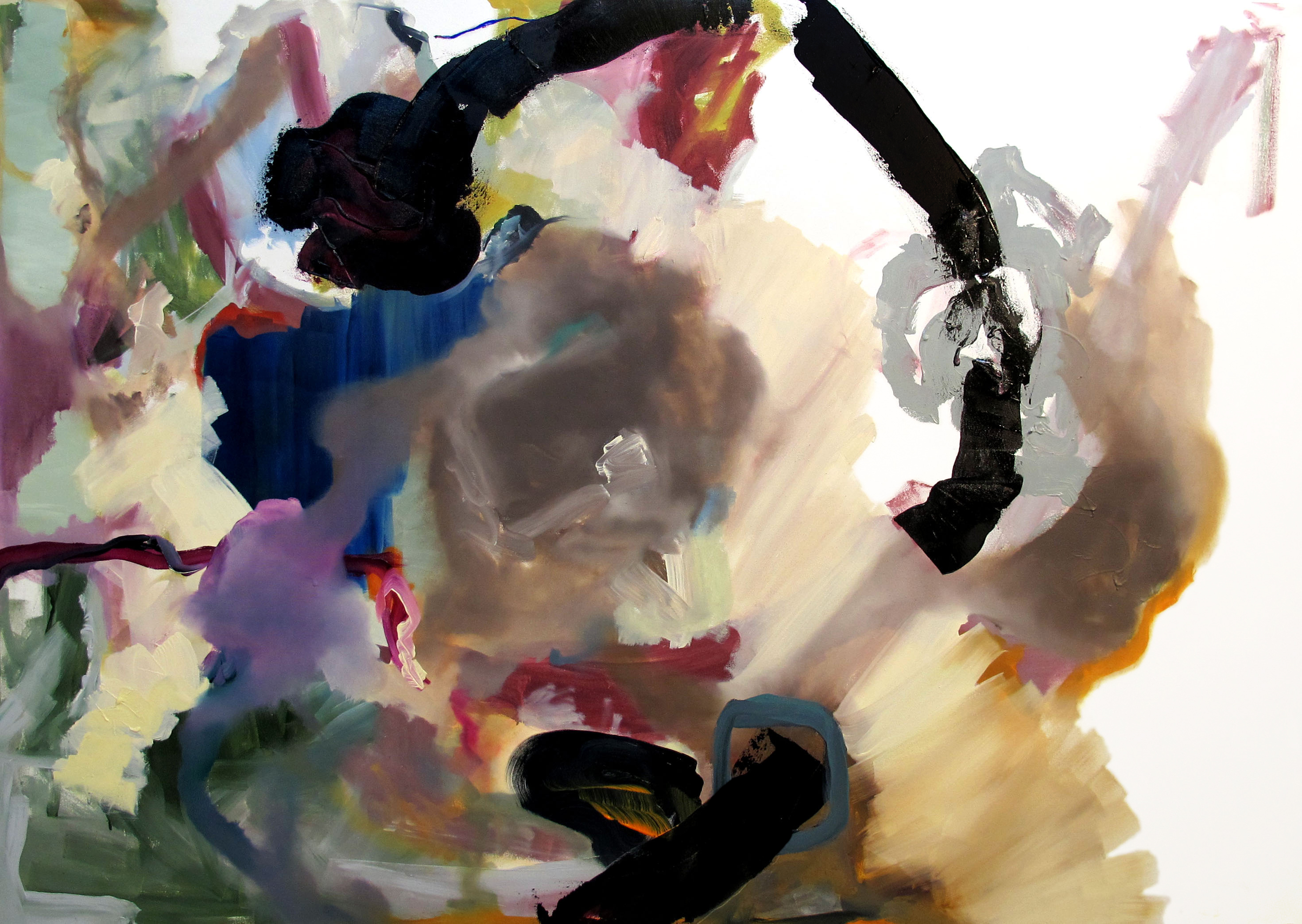 untitled oil on canvas, 130 x 184 cm
untitled oil on canvas, 130 x 184 cm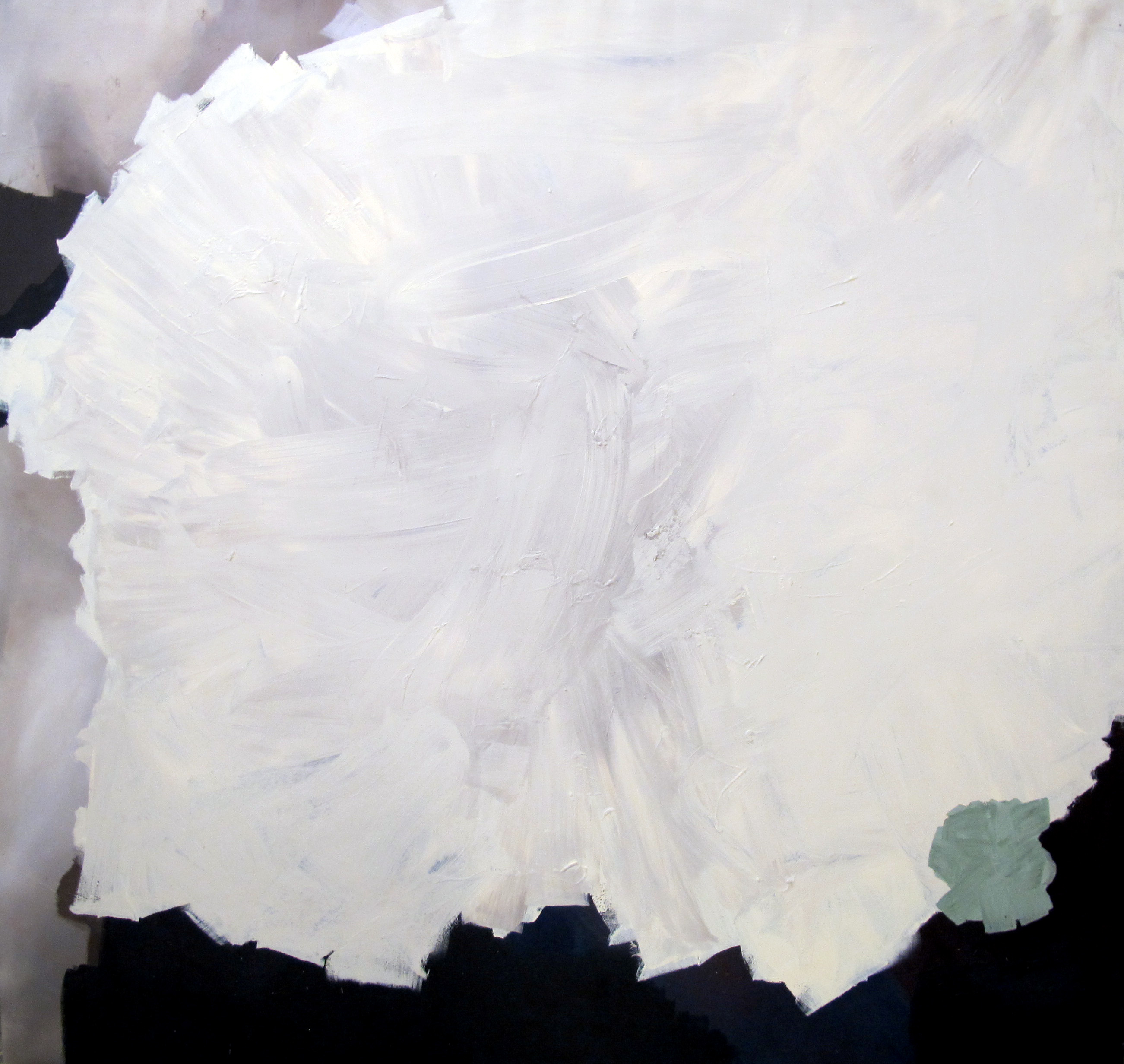 untitled oil on canvas, 150 x 159 cm
untitled oil on canvas, 150 x 159 cm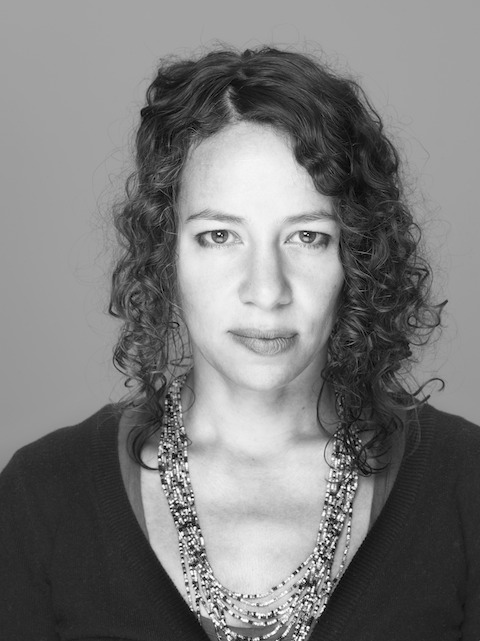
![Nathalie Ho-Kang-You Palm Tree in a Pot [oil paint 2m x 1.50m]](http://dogtime.org/wp-content/uploads/2013/06/Nathalie-Ho-Kang-You-Palm-Tree-in-a-Pot-oil-paint-2m-x-1.50m-.jpg)
![Nathalie Ho-Kang-You I want to paint an apple [oil paint 2m x 1.50m]](http://dogtime.org/wp-content/uploads/2013/06/Nathalie-Ho-Kang-You-I-want-to-paint-an-apple-oil-paint-2m-x-1.50m-.jpg)
![Nathalie Ho-Kang-You DPP Disruptive Patern Palm [oil paint 2m x 1.50m]](http://dogtime.org/wp-content/uploads/2013/06/Nathalie-Ho-Kang-You-DPP-Disruptive-Patern-Palm-oil-paint-2m-x-1.50m-.jpg)
![Nathalie Ho-Kang-You Plié [oil paint 2m x 1.50m]](http://dogtime.org/wp-content/uploads/2013/06/Nathalie-Ho-Kang-You-Plié-oil-paint-2m-x-1.50m.jpg)
